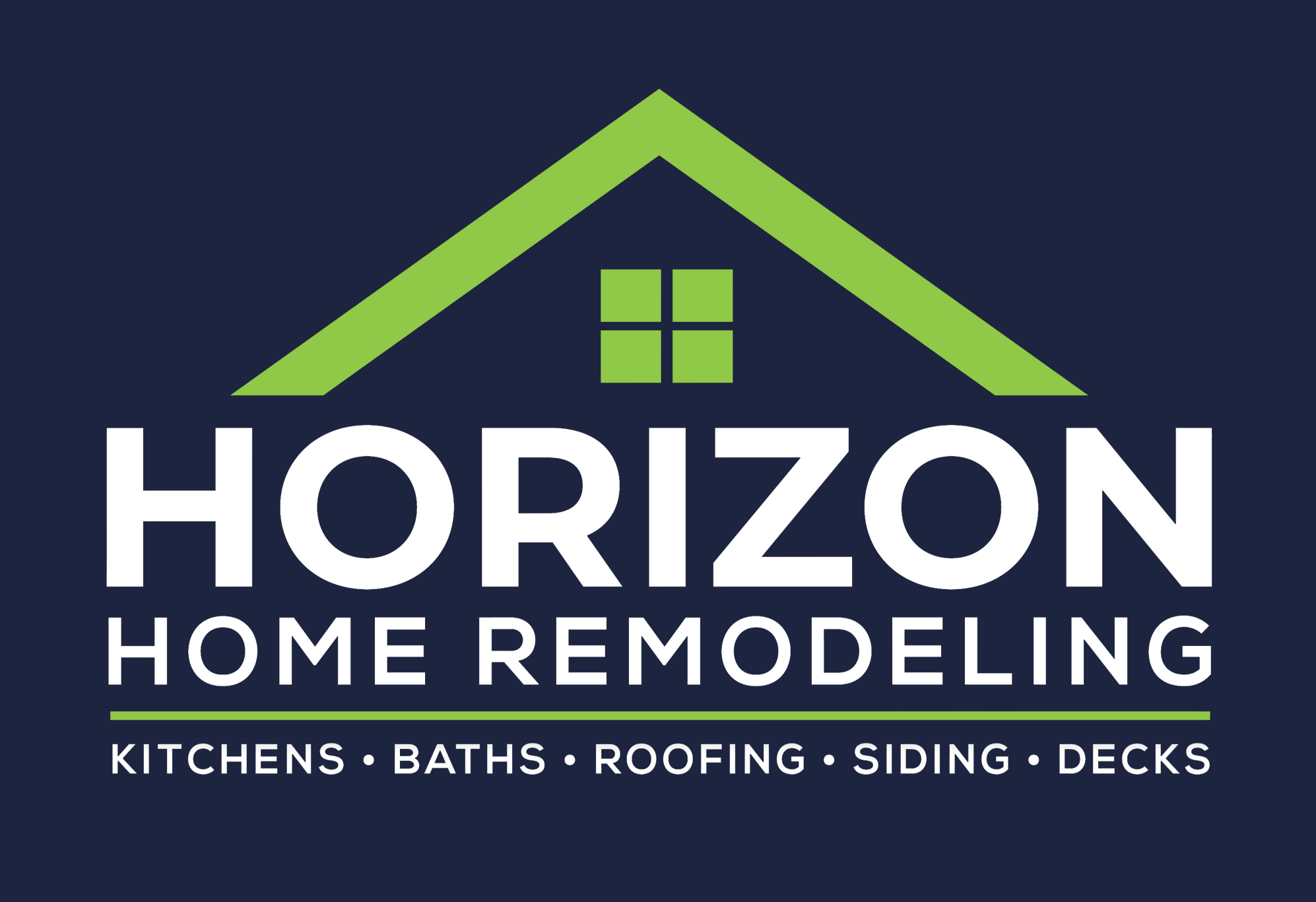In today’s fast-paced world, the concept of ‘home’ is evolving. As lifestyles change, what was once a perfect space can quickly feel outdated or overwhelming. A whole-home remodel might be what you need to breathe new life into your living environment. This article explores the indicators that your home is due for a renovation and provides valuable insights into the remodeling process.
Understanding the Need for a Whole-Home Remodel
Whole-home remodeling represents a significant investment in both time and money. However, it can also enhance your quality of life, increase property value, and improve energy efficiency. Understanding when to embark on this journey is crucial. Here are key indicators that your home may need a complete overhaul:
Signs You May Need a Remodel
- Outdated Design: If your home hasn’t been updated in over two decades, it likely reflects styles, colors, and layouts that may not resonate with current trends.
- Functional Challenges: Are rooms cramped? Is there enough storage space? A remodel can help with a more functional layout.
- Increased Maintenance Issues: Frequent repairs can indicate that your home is showing its age. Old plumbing, electrical systems, or roofs often require replacement rather than repair.
- Family Changes: Whether your family is growing or shrinking, your home should adapt to your current needs. A remodel can provide additional bedrooms or transform spaces to meet changing lifestyles.
- Declining Property Value: If your home’s value has decreased, a remodel can help restore its worth through updates and modernization.
- Energy Efficiency: Outdated appliances and insulation can lead to high utility bills. A remodel can improve energy efficiency and lower costs.
The Benefits of a Whole-Home Remodel
Investing in a whole-home remodel comes with numerous advantages that go beyond aesthetics. Here are some compelling reasons why homeowners opt for this extensive renovation:
Increased Property Value
According to the National Association of Realtors, a well-executed remodel can return around 68% of your investment upon resale. This makes it not only a way to enjoy your home but also a smart financial decision.
Improved Energy Efficiency
Modernizing outdated systems and fixtures can significantly reduce your home’s carbon footprint. Energy-efficient windows, appliances, and HVAC systems reduce long-term costs and your environmental impact.
Enhanced Comfort and Safety
Remodeling can tackle safety issues present in older homes, such as outdated wiring and potential structural problems. A more comfortable and safer home contributes positively to your overall well-being.
Recognizing Your Needs and Preferences
Identifying what you want from your home is crucial before diving into a remodel. Here are some steps to clarify your needs:
Evaluate Your Space
- Assess Current Layout: What works? What doesn’t? Consider how you use each room.
- List Must-Haves: Create a list of features you would like to have, such as an open floor plan, updated kitchen, or additional bathrooms.
- Consider Lifestyle Changes: If you’re working from home, you might need a dedicated office space.
Research Design Trends and Functionality
Visit design websites, social media pages, or local home shows to gather inspiration. Keep in mind that current trends should complement your home’s character while meeting your functional needs.
The Remodeling Process
Once you’ve established that a whole-home remodel is necessary, understanding the process is essential for a smooth experience. Here’s what typically happens:
Planning and Budgeting
- Set a Budget: Determine how much you are willing to spend based on your financial situation and house value.
- Hire Professionals: Consider enlisting an architect and a general contractor who can help you navigate the complexities of the remodel.
- Obtain Permits: Most substantial renovations require permits, so consult local regulations.
Design and Approval
During this phase, you will work closely with your design team to finalize layouts, materials, and finishes. It’s crucial to communicate your vision clearly to ensure the design aligns with your needs.
Construction Phase
- Demolition: This initial stage can be messy, as old structures are removed to make way for new designs.
- Building: Once the old materials are gone, the construction process begins, including framing, plumbing, electrical work, and more.
- Finishing Touches: Painting, flooring, and fixture installations occur during this final phase, transforming your vision into reality.
Challenges to Expect During a Remodel
Even with careful planning, challenges may arise during a remodel. Here are some potential obstacles:
Unexpected Costs
It’s common for remodels to go over budget due to unforeseen repairs or design changes. Always set aside a contingency fund of around 10-20% of your total budget to cover these expenses.
Timeline Delays
Delays can happen due to various issues, such as permit approvals, supply chain delays, or labor shortages. Maintain regular communication with your contractor to stay updated on progress.
Decision Fatigue
With numerous decisions to make, from paint colors to flooring choices, renovation can become overwhelming. Create a clear list of priorities and, if possible, involve a professional designer to help streamline this process.
Case Studies: Successful Whole-Home Remodels
Case Study 1: The Expanding Family
A family of four living in a 2,000-square-foot home felt cramped as the children grew. They decided on a whole-home remodel that included adding an additional bedroom, converting the attic into a playroom, and expanding the kitchen for a more open layout. The renovation not only improved the functionality of their space but also enhanced their enjoyment of their home.
Case Study 2: The Eco-Conscious Homeowner
Another couple was frustrated with their high utility bills due to outdated appliances. They embarked on a remodel that included energy-efficient windows, solar panels, and sustainable materials for flooring and countertops. This renovation led to a 30% decrease in energy costs and increased their property’s resale value.
Conclusion
Knowing when to opt for a whole-home remodel can drastically transform your living environment. By recognizing signs such as outdated design, functional challenges, and escalating maintenance issues, you can improve not only your home’s aesthetics but also its value and efficiency. A well-planned remodel enhances comfort and safety, ensuring your home meets your current lifestyle needs. While challenges may arise during the remodeling process, understanding and preparing for them can lead to a rewarding experience. Ultimately, a thoughtful renovation can breathe new life into your home, making it a space where you can thrive.
Consider your unique preferences and lifestyle changes as you embark on this journey, and don’t hesitate to seek professional guidance to make your dream home a reality.



